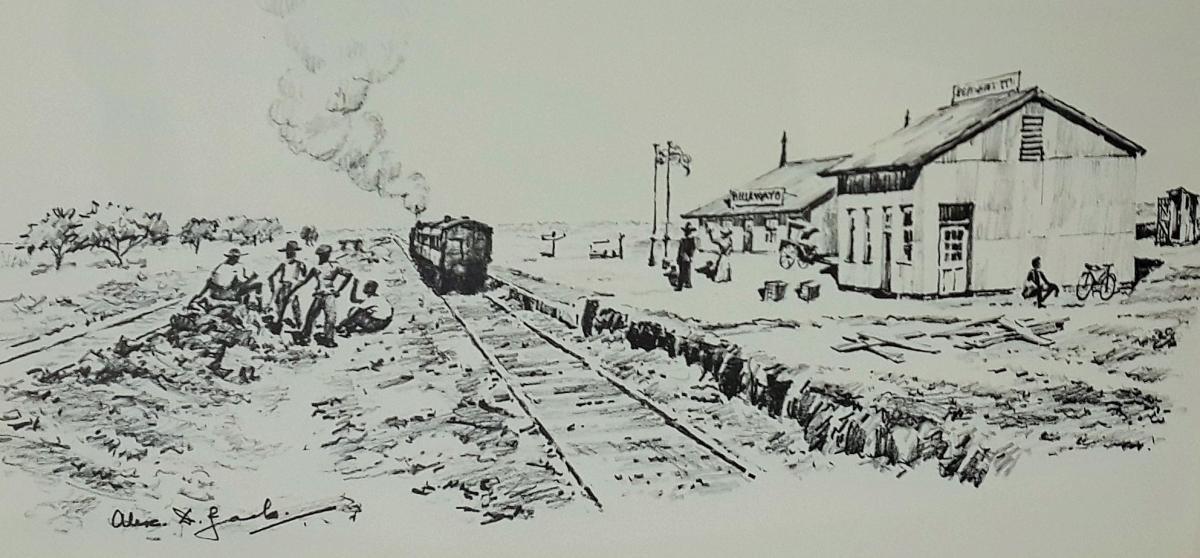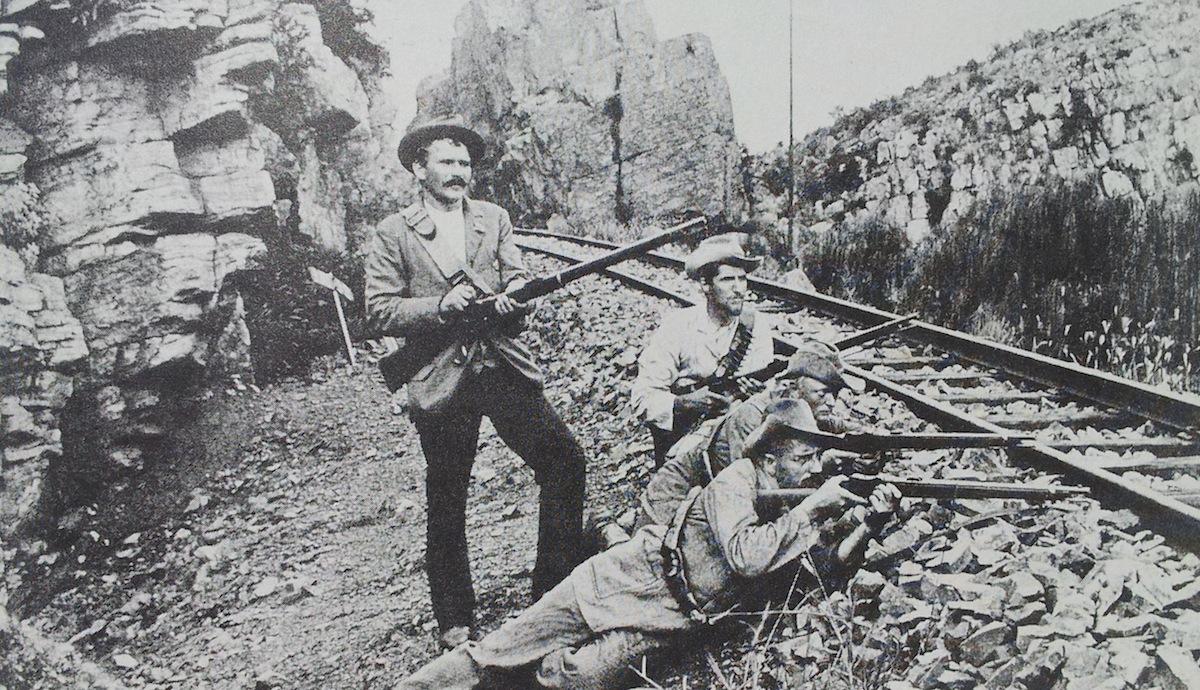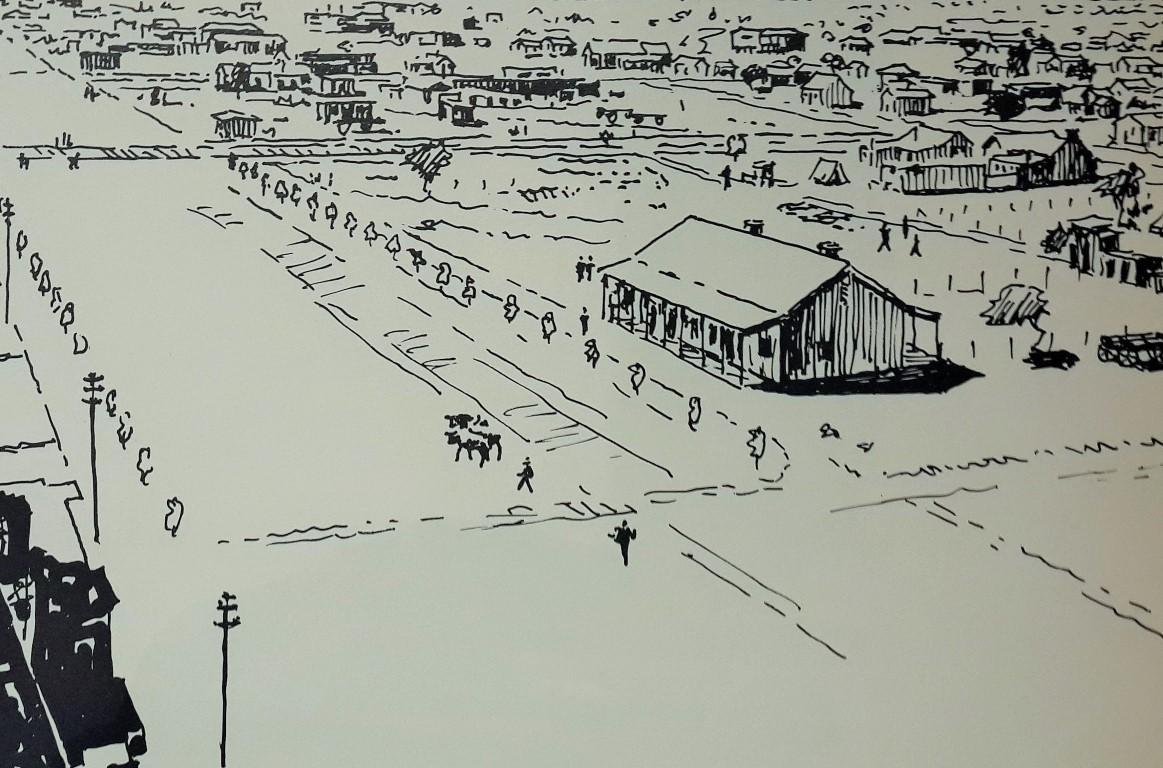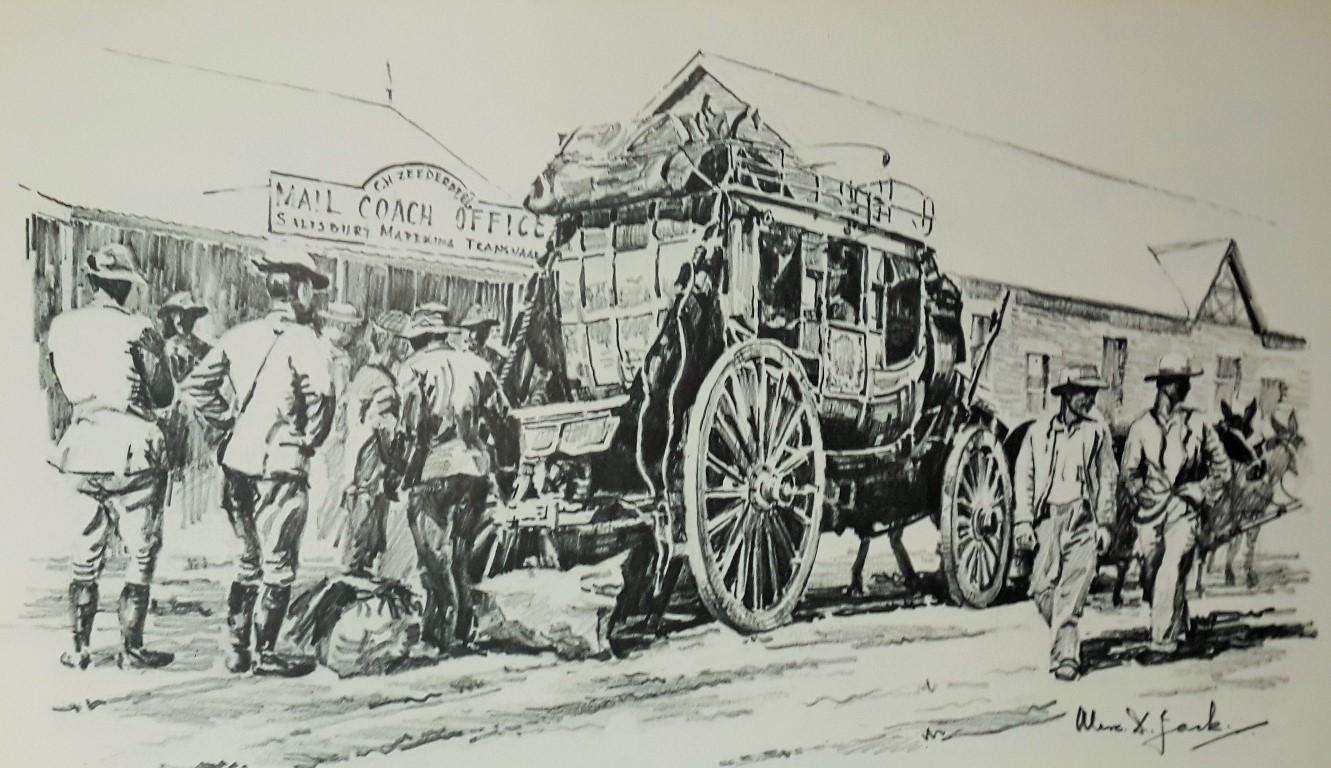
Disclaimer: Any views expressed by individuals and organisations are their own and do not in any way represent the views of The Heritage Portal. If you find any mistakes or historical inaccuracies, please contact the editor.
The fateful year of 1896 is one of the most momentous years in the history of South Africa, the reason being the coming together of events which provided the “Perfect Storm”.
The year started badly with the Jameson Raid, a blunder of epic proportions which polarised the attitudes of both Boer and Briton. However there was worse to come in the form of drought and pestilence, which would have an effect on all the people living in South Africa.
Boers during the Jameson Raid
South Africa at the time was not defined by its present borders, but was a region which stretched from Cape Town to the Zambesi which was considered to be in the British sphere of influence, as defined by the Berlin Conference of 1884. The British Empire was still in an expansionist phase and wished to consolidate its control over the region. This was all well and good but for the fact that the region was already settled by others, namely the African tribes and Boers (white farmers of Dutch descent).
Cecil John Rhodes came to prominence in the political affairs of the Cape Colony, when he became its Prime Minister in 1890, a position he would hold until early 1896, when he was forced to resign over his involvement in the Jameson Raid. He was the archetypal imperialist and he set out to control South Africa, by hook or by crook. The vision of a railway line from Cape Town to Cairo was to be his way to conquer Africa for his queen and country and although it was only partially fulfilled, the pioneer railway between Kimberley and the Rhodesias (North and South) did succeed in opening up vast tracts of Africa south of the equator to British control (preventing the Germans, Portuguese and Transvaalers doing likewise).
Matabeleland, to the north of the Transvaal, across the Limpopo, came under the control of Rhodes’ British South Africa Company (BSAC), which was given a royal charter to control the area between the Limpopo and Zambesi rivers on behalf of the British Government. The Matabele (an offshoot of the Zulu), whose King - Lobengula tried in vain to keep his independence but was vanquished at the end of 1893. White settlers from the Cape and Transvaal were attracted to what became Southern Rhodesia with the lure of possible mineral wealth (a “Second Rand”) and a grant of 1500 morgen (about 3000 acres) of land and prospecting rights. Bulawayo, the kraal of King Lobengula, would become the hub for the BSAC to develop the fledgling colony.
An early sketch of Main Road Bulawayo (Alex Jack)
Until such time as Rhodes’ railway line was completed from the existing railhead of Mafeking (reached by 1894) the only means of getting to Bulawayo was by horseback, stage coach (Wild West style) or by ox-wagon, and it was a great misfortune that during the time of its construction that an outbreak of Rinderpest (German for cattle plague) occurred in Southern Rhodesia in March 1896. The spread of the disease was so rapid that not only did it decimate the herds of cattle but also the trek oxen, which were vital for the transportation of heavy goods by ox wagon. The transport riders were forced to leave their fully laden ox wagons in the bush as their oxen died. It was thereafter only possible to operate wagons using draught animals immune to the disease, such as mules and “salted” oxen (those that were immunised). As the disease spread southwards it paralysed transportation in the areas where railways were not present and the price of the limited transport that could be had went sky high.
Stage Coach arrives in Bulawayo (Alex Jack)
Rinderpest is a highly contagious and fatal cattle disease, which fortunately is not contracted by humans, although oxen, buffalo, wildebeest (gnu), antelope and warthog are prone to it. It first made an appearance in Africa in 1889 in Somaliland and rapidly advanced southwards reaching Northern Rhodesia by late 1892, infecting cattle and game and leaving a trail of bleaching bones as it went. The Zambesi was a temporary barrier to the disease until early 1896, when the first cases in Southern Rhodesia were confirmed. By November 1897 it was killing game on the Rhodes Estate at Groot Schuur, Cape Town. The scholarly article “Reactions to Rindepest in Southern Africa 1896- 97” by C. Van Onselen (Ref No. 3 below) gives the full account of the social, political and economic impact of the Rinderpest Epizootic (an outbreak of disease in animals) and suffice to say here that it had an unwelcome and destabilizing effect for the whole Southern African region.
The political ramifications of the Rinderpest were enormous as the death of cattle due to the spread of the disease and the deliberate killing of herds to contain the disease played their part in rebellion against colonial authority in Southern Rhodesia, South West Africa, Bechuanaland and East Griqualand. The African tribes believed that the Rinderpest was being spread deliberately by the European colonialists to take away their wealth and deprive them of the status that went with the owning of cattle and decided enough was enough. In Southern Rhodesia the uprising by the Matabele (Chimurenga/Umvulela) was a direct response to the regulations to control the spread of the cattle plague. However it is important to realise that the tribesmen had not experienced this disease before the coming of the white settlers and they considered the regulations to be another round of cattle confiscation, as had previously occurred in 1894 after the death of Lobengula.
The Jameson Raid not only failed Johannesburg it also failed Southern Rhodesia as the 400 Rhodesian police that were under the command of “Dr Jim” that surrendered after the Battle of Doornkop” (02-01-1896, near Krugersdorp) had left Bulawayo and its immediate surroundings at the mercy of the Matabele, who now had rifles instead of assegais. History records that the revolt was eventually ended not by weapons but by one man, armed only with a switch (tapered whip), who went into the Matapos hills to parley for peace, the man was Cecil John Rhodes. As for the death of the cattle the great man could do nothing but such was his standing he was able to beseech the tribal leaders to end their rebellion.
Matopos (Alex Jack)
For the African population the Rinderpest outbreak was an utter disaster as it took away their ability to sustain themselves - no cows meant no meat and no milk. It was a humanitarian disaster of epic proportions and many were driven to the towns in order to stave off starvation, to which many succumbed. It has been postulated that the Rinderpest so weakened the resolve of the African that it made colonisation an easier task than if it had not occurred. Conspiracy theorists no doubt will consider Rinderpest as a biological weapon used to subjugate the indigenous people of the African continent to the interests of a capitalist European elite, however there is no proof of this as the cattle plague did not discriminate between black and white farmers and it is to the credit of one Robert Koch who at the behest of the Cape Government in 1897, confirmed the immunizing properties, claimed by cattle farmers, of the bile of animals that had died from the disease. From February 1897 this method of immunisation was adopted all over the region and before the end of 1898 two million head of cattle had been successfully inoculated and the epizootic had been brought under control.
The repercussions of the Jameson Raid of 1896, would eventually lead to all out war between Britain and the Boer Republics, which commenced on 11th October 1899, which would heap even more suffering on the people of South Africa and it was said by Jan Smuts that the Raid was the real declaration of the war, in spite of the four year truce that followed.
References and further reading:
- “The Cape to Cairo Railway Dream” by Peter Ball, Heritage Portal.
- “Illustrated History of South Africa – the Real Story” published by the Reader’s Digest.
- “Reactions to Rinderpest in Southern Africa 1896-97” by C. Van Onselen.
- “History of Southern Africa” by Eric A. Walker.
- “Animal Diseases and Human Populations in Colonial Zimbabwe: The Rinderpest Epidemic of 1896-1898” by Maurice K.K. Mutowo. University of Zimbabwe
Comments will load below. If for any reason none appear click here for some troubleshooting tips. If you would like to post a comment and need instructions click here.




